It was at a 3,457 metre-high pass, somewhere way to the west of Salta city, after four hours on switchback, rubble-strewn dirt ‘roads’, that the extraordinary immensity of the Andean Alto-Plano really sank in. Admittedly the coca leaves that my native driver kept feeding me (for medicinal purposes) probably added to the sense of dizzying awe. But the procession of cactuses, guanacos and circling condors, set against intensely-coloured and unbelievably heroic landscapes, all added to the surreal sense of being on the roof of the world.
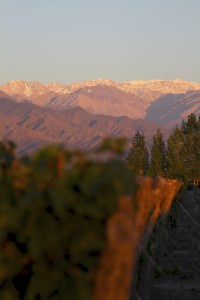
As a sea-level dweller from vertically challenged southern England, climbing to these extreme heights leaves one in no doubt as to the physical effects that altitude has both on the environment and anything living in it. The sun is piercingly bright, the air bone dry and thin, with a dramatic gulf between the daylight heat and cold blanket of nighttime air. Everything is crisp, vivid and extreme.
This adventure had been part of a wine trip to visit the world’s highest commercial vineyard – at some 3,100 metres – but was cut short when a violent mountain storm washed away the road. Altitude, even at less extreme heights, has a significant impact on how vines and their grapes grow, and thus influences the character of the final wines they produce.
Of course, in ‘old world’ countries many of the finest vineyards – those producing the highest quality wines – have long been sited on the higher slopes and hills. And it’s why new vineyard plantings the world over have been creeping ever higher, from hot valley floors up the sides of the cooler surrounding hills. But in Argentina this is taken to the extreme.
A quick spot of kitchen sink science explains why. For every 100 metres you rise, the average temperature drops by up to 1 degree Celsius. Moreover, what the boffins call the ‘diurnal shift’ – meaning the difference between daytime high and nighttime low temperatures – becomes more extreme. Meanwhile, at the kind of altitudes you find in Mendoza, where the average height of vineyards is 900 metres, with some vines up to 1,400 metres, the sunlight is quite literally stronger, its radiation having less atmosphere to penetrate before striking the earth.
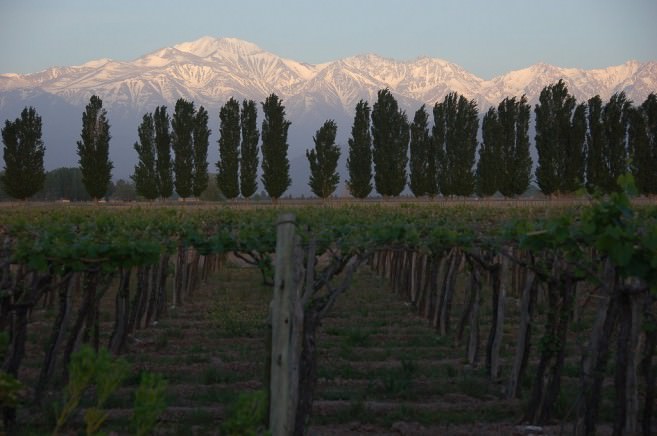
Sunrise in Mendoza; photo courtesy of Tony Bailey.
The effects on vines and their precious, developing grapes is quite remarkable. In these harsh conditions, grape skins become noticeably thicker, meaning bolder structuring tannins (for red wines) and more flavourful oomph in the wine. Cold nights also effectively allow the ripening grapes to ‘rest’ – their nocturnal respiration consuming less energy, so eating up less of the fruit’s reserves that have been built up by photosynthesis during the day. Again, given that those days are packed with the most intense ripening sun, the intensity of colour, aromas and flavours is higher, and this carries through into the resulting wine.
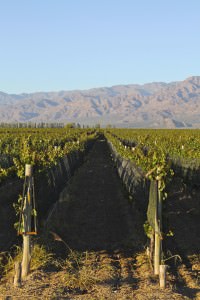
I may have missed some of the finer techie stuff, but you get the general idea. What’s more, you can clearly taste this in Mendoza’s wines, such as its flagship variety Malbec. Those made from fruit in the lower, generally hotter Eastern region of Mendoza, tend to show ‘warmer’, broader, red fruit characters; honest, soft and rich, but often not as complex or fine as their higher altitude cousins.
Rise from 800 meters to the headier heights of the Uco Valley, where vineyards lie at 1,000 to 1,500 meters, and the wines show an entirely different face to the world. Here the Malbecs are deeper purple in colour, with intense, floral and violet-like lifted aromatics, and similarly intense, powerful, darker fruit at their fresh yet full-bodied heart.
It’s this combination of freshness and concentration, purity and power – what you might call ‘focus’ to the wines – that gives such a signature to the kilometer-high winemaking club.
Another interesting trend in Mendoza has been to make blends from grapes grown at different altitudes, adding complexity to the final wine through judicious use of more generous, lower-altitude fruit and grapes from the more tense, tightly structured heights of the region. It’s a sort of vertical version of the regional and sub-regional blending that adds layers of complexity to wines as diverse as Krug Champagne and Australia’s Grange.
For anyone who has visited Argentina’s lofty vineyards, the result of all this high-altitude alchemy is as clear as the Andean light in the final glass of wine. Simply put, you can see, smell and taste the crisp, piercing, fresh intensity of altitude, along with the sunlit purity of the desert land, in these fantastically characterful wines.
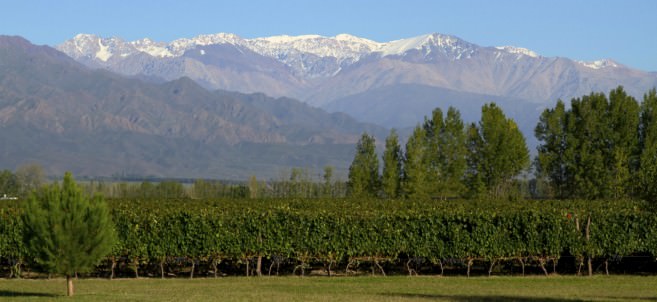


Latest posts by Andrew Catchpole (see all)
- Taste the Diversity: A Guide to Argentina’s Wine Regions - October 22, 2014
- The Global March of Malbec - October 1, 2014
- ‘Take 5’ Global Sommeliers: Argentine Food & Wine Pairings - April 16, 2014


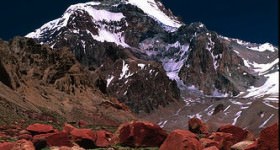 Putting the ‘Tude in Altitude – Argentina Winemaking
Putting the ‘Tude in Altitude – Argentina Winemaking 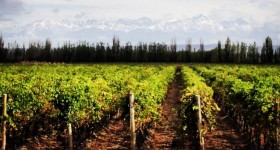 Photo Tour of Mendoza Vineyards During Harvest 2013
Photo Tour of Mendoza Vineyards During Harvest 2013  Putting the Magic in Malbec – the Art of Microclimatic Blending
Putting the Magic in Malbec – the Art of Microclimatic Blending 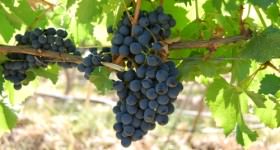 Argentinian Malbec – A Guide to the Grape’s History and Unique Style
Argentinian Malbec – A Guide to the Grape’s History and Unique Style 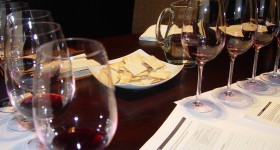 Argentina Vineyard and Winery Tours
Argentina Vineyard and Winery Tours 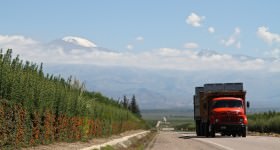 Mendoza – The Napa of the South
Mendoza – The Napa of the South 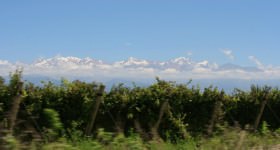 Top 10 Curious Facts About Argentina Wine
Top 10 Curious Facts About Argentina Wine 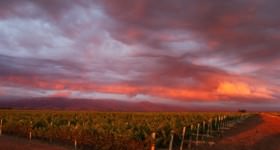 Argentina Wine Regions: Mendoza
Argentina Wine Regions: Mendoza  Argentina Wine Regions: Salta
Argentina Wine Regions: Salta 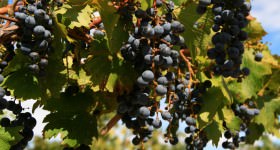 Argentinian Malbecs vs. The World
Argentinian Malbecs vs. The World 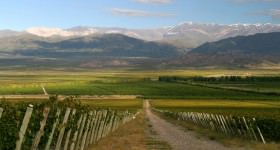 Argentina Wine Regions: San Juan
Argentina Wine Regions: San Juan 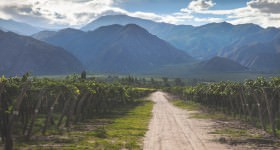 Grape Expectations: Less Common Varieties of Argentina Wine
Grape Expectations: Less Common Varieties of Argentina Wine